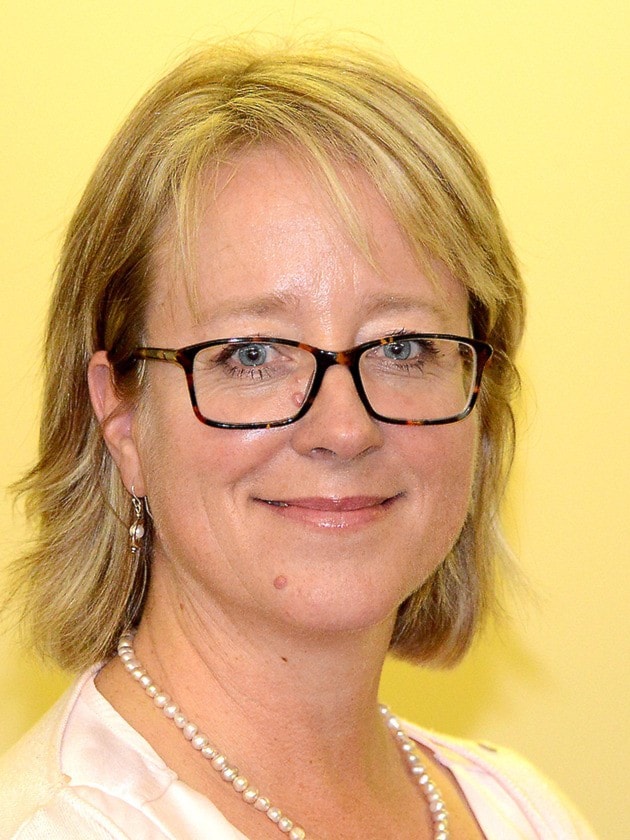District of Clearwater and Thompson Rivers Natural Resource District have many interests in common and should communicate more, according to Rachael Pollard, the acting district manager.
Pollard and Ron Van der Zwan, the district’s stewardship officer, were at the Nov. 1 Clearwater town council meeting to talk about three things: the timber supply review and subsequent adjustment of the district’s annual allowable cut carried out last spring, the new Forest Enhancement Society of BC, and community engagement.
What is now called the Thompson Rivers Natural Resource District was formed in 2010 out of what was formerly the Clearwater Forest District and the Kamloops Forest District, she said.
The Kamloops Timber Supply Area has essentially the same boundaries as the Thompson Rivers Natural Resource District.
Once every 10 years a timber supply review is done for each timber supply area in the province.
The latest review resulted in a reduction of the annual allowable cut in the Kamloops TSA from a maximum of 4.3 million cubic meters per year in 2004 to 2.3 million this year. There will be a further reduction to 2.1 million in 2021.
Although it might appear drastic, in fact the rollback is mostly a reflection of the end of pine beetle salvage logging, she said.
In 2001, before the pine beetle epidemic hit, the AAC was 2.4 million cubic metres per year.
The rollback also is not specific to the North Thompson Valley but includes the entire Kamloops TSA, she added.
“We’re out of the emergency management approach to a more integrated, community-based approach,” Pollard said. “We need to be gentle and helpful with each other as we do that.”
 A sensitivity analysis showed that even an AAC of 2.1 million cubic meter per year still has the potential to go down, said Ron Van der Zwan.
A sensitivity analysis showed that even an AAC of 2.1 million cubic meter per year still has the potential to go down, said Ron Van der Zwan.
However, there is also the possibility of it increasing, he added.
Announced by the government last year, Forest Enhancement Society of BC could provide significant investments for such things as preventing and mitigating wildfires, improving damaged or low value forests, improving wildlife habitat and managing greenhouse gases, Pollard said.
She noted that almost any organization or government could apply.
“If you have any ideas that might live up to these objectives, please come talk with us,” she said.
A movement to improve community engagement between the BC Forest Service and municipal governments is being led by Brian Frenkel, a forester and town councillor who lives n Vanderhoof.
Pollard said she worked for Frenkel early in her career and has great respect for him and what he is doing.
“I think we can have a closer relationship. I’m all ears to hear what that might look like to you,” the acting district manager said.
Inset photo is of Ron Van der Zwan.
